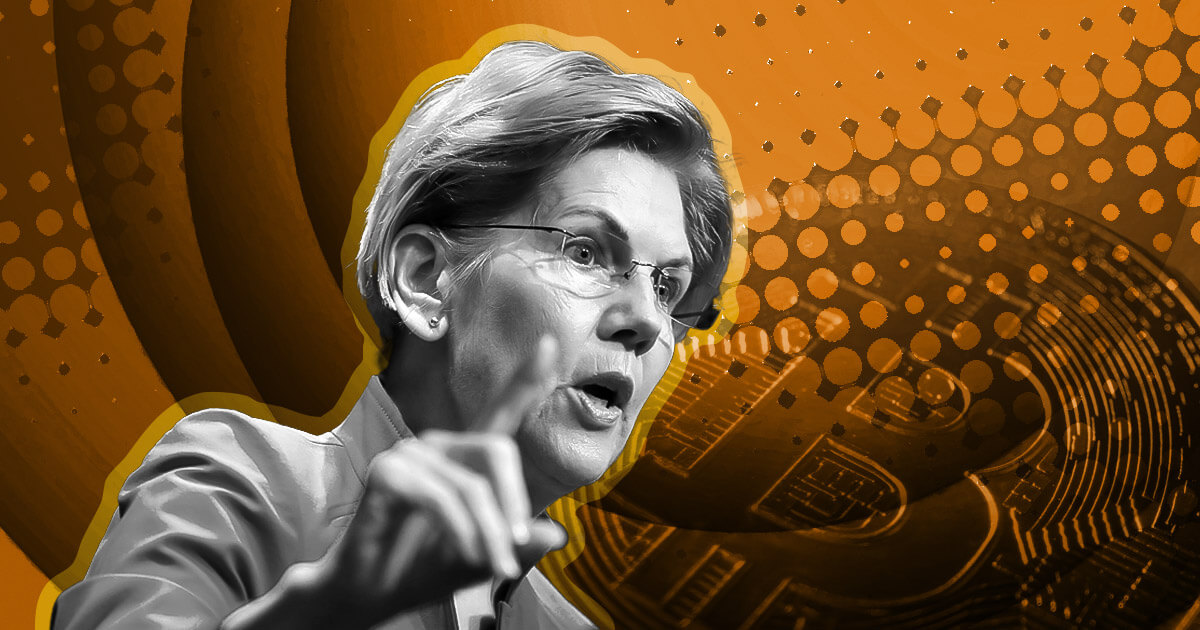In recent years, the world has witnessed a seismic shift in the financial landscape with the rise of cryptocurrencies. Once considered a fringe innovation, cryptocurrencies have now captured the attention of governments worldwide. In a significant development in 2023, the United States government, led by Senators Elizabeth Warren and a growing coalition, has put forth the bipartisan Digital Asset Anti Money Laundering Act. This groundbreaking legislation aims to address the inherent risks associated with crypto, fostering a safer environment for investors while combating illicit financial activities.
Understanding Crypto: A Brief History
Before delving into the recent legislative efforts, it’s crucial to understand the genesis of cryptocurrencies. Emerging in the aftermath of the 2008 financial crisis, an individual or group under the pseudonym Satoshi Nakamoto introduced Bitcoin, the first decentralized cryptocurrency. Built on blockchain technology, crypto promised a decentralized, secure, and transparent alternative to traditional financial systems.
The Crypto Evolution: From Skepticism to Legislation
Despite its transformative potential, crypto faced skepticism and doubts about its longevity. Many viewed it as a speculative bubble destined to burst. However, the crypto market not only survived but thrived, reaching unprecedented highs. In this context, the U.S. federal government has now turned its attention to crypto, acknowledging its impact on the financial landscape.
The Digital Asset Anti-Money Laundering Act: A Comprehensive Approach
The proposed Digital Asset Anti-Money Laundering Act seeks to bring crypto into alignment with anti-money laundering and counter-terrorism financing frameworks. Senators Warren and her coalition emphasize the need for regulations to mitigate risks associated with crypto, ranging from money laundering and ransomware attacks to drug trafficking and elder fraud.
Key Provisions of the Act:
- Extension of BSA Responsibilities: The Act proposes extending Bank Secrecy Act (BSA) responsibilities, including Know Your Customer requirements, to digital asset wallet providers, miners, validators, and other network participants.
- Addressing Unhosted Wallets: The Act targets a significant gap by directing FinCEN to implement rules requiring verification and reporting for transactions involving unhosted digital wallets, minimizing the risk of illicit activities.
- Guidance on Anonymity Enhancing Technologies: To counter the use of digital asset mixers and other anonymity enhancing technologies, the Act mandates FinCEN to issue guidance to financial institutions, reinforcing the importance of transparency.
- BSA Compliance Enforcement: The Act strengthens the enforcement of BSA compliance, establishing examination and review processes for digital asset entities, ensuring accountability across the sector.
- Reporting of Foreign Bank Accounts: It extends BSA rules to include digital assets, requiring U.S. persons engaged in transactions exceeding $10,000 in digital assets through offshore accounts to file a Report of Foreign Bank and Financial Accounts (FBAR).
- Mitigating Risks of Digital Asset ATMs: The Act directs FinCEN to oversee digital asset ATMs, ensuring regular updates on kiosk addresses and implementing robust customer identity verification measures.
Bipartisanship and Industry Support
The coalition backing the Digital Asset Anti-Money Laundering Act spans party lines and has garnered support from industry stakeholders. Institutions such as the Bank Policy Institute, Massachusetts Bankers Association, and AARP endorse the legislation, recognizing its importance in combating illicit financial activities.
Looking Ahead: A Safer Crypto Landscape
As the debate around crypto regulations intensifies, Senators Warren and her colleagues emphasize the urgency of creating a legal framework. Their efforts aim not to stifle innovation but to provide a safer environment for investors and protect against the misuse of digital assets for criminal activities.
In conclusion, the Digital Asset Anti-Money Laundering Act represents a significant step towards regulating the crypto space. While the debate on the balance between innovation and oversight continues, the proposed legislation signals a maturing recognition of the role cryptocurrencies play in the modern financial landscape. As the regulatory landscape evolves, the crypto community watches closely, navigating the path towards a more secure and transparent future.

